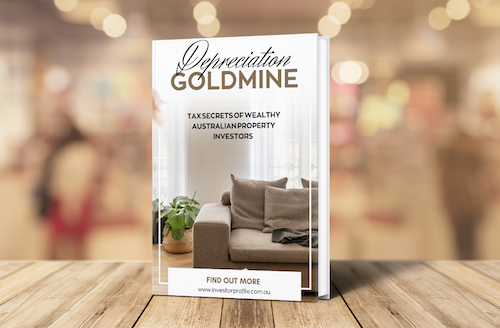Navigating the Australian Home Loan Landscape
In Australia’s mortgage sector, owner-occupied home loans generally enjoy interest rates that are approximately 0.3–0.5 percentage points lower than their investment counterparts. As of May 2025, owner-occupied loans offer variable and fixed rates ranging from 5.54% to 6.19% per annum, with the best deals available around 5.54% for those with favorable loan-to-value ratios (LVRs). Meanwhile, investment loans typically start at rates between 5.14% and 7.84% per annum. Even competitive investment products, which hover between 5.14% and 5.89%, remain slightly higher than the owner-occupied options.
The Reason Behind the Rate Differences
The gap in interest rates stems from lenders assessing investment loans as riskier. This risk factor, coupled with tighter regulatory measures, means that lenders impose higher rates on investment borrowers. In economic downturns, investors are statistically more vulnerable to default, which further justifies the premium. Additionally, governmental policies often favor owner-occupier loans to bolster housing affordability and promote homeownership.
For instance, at the Bank of Queensland (BOQ) in May 2025, a 2-year fixed principal and interest owner-occupied loan was available at 5.89% (comparison rate 6.02%), while its investment loan counterpart was priced at 6.39% (comparison rate 6.52%).

Discover the #1 tax secret wealthy Australian property investors use to grow their portfolios faster — even in a high interest rate environment.
- Learn how to turn wear and tear into wealth
- See real examples of $15,000+ first-year deductions
- Understand how to structure your purchases for maximum after-tax ROI
Download Your Free Wealth Building Guide
This ebook reveals how to legally slash your tax bill while building long-term wealth through property. Learn the strategies savvy investors use to gain an edge — even before settlement.
- Maximise tax deductions and improve cash flow
- Understand Division 40 vs 43 and how to claim both
- Position yourself to reinvest and scale faster
The Role of Loan-to-Value Ratio (LVR)
The LVR is a crucial factor behind the interest rate differences. Borrowers who keep their LVR at 80% or below generally secure more favorable rates and are exempt from Lenders Mortgage Insurance (LMI). For example, NAB’s fixed-rate investment loans offer rates between 5.39% and 5.79% when the LVR is at or below 80%, while loans with an LVR above 80% see rates climb to 5.89% or higher.
Examining Monthly Repayments
Consider an $800,000 investment loan at a 6.79% interest rate; the estimated monthly repayments over 30 years would be roughly $5,210. Should the rate rise to 7.69%, monthly repayments are likely to increase to about $5,680 – a reflection of the increased costs associated with high LVR scenarios.
Key Takeaways
In essence, maintaining an LVR below 80% not only allows for better rates but also helps in minimizing overall borrowing expenses. Strategic financial planning remains a critical component for property investors.
Looking for More Insights?
Interested in understanding how interest-only loans might impact your situation or would you like to see the latest rates from various lenders? Feel free to chat with our experts to enhance your property investment strategy.


